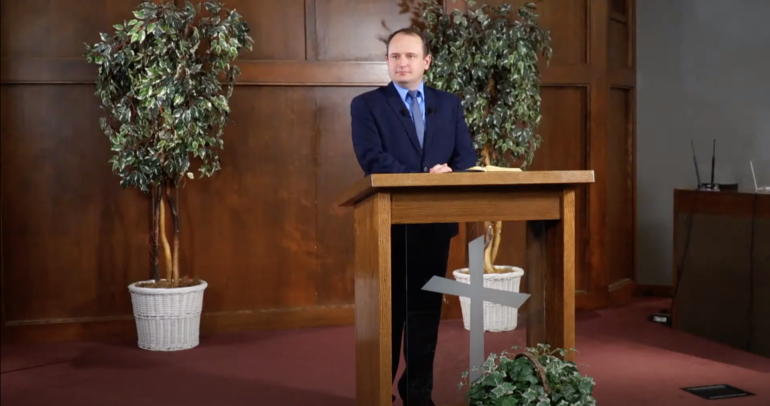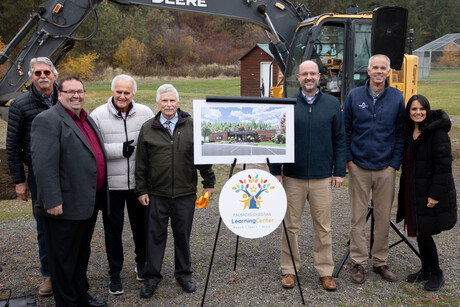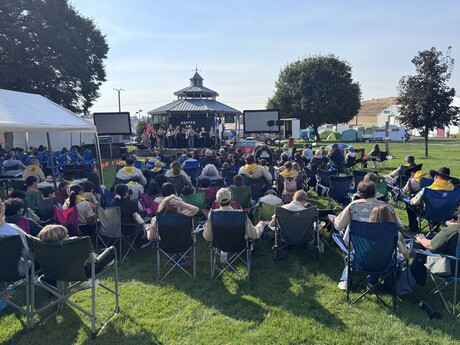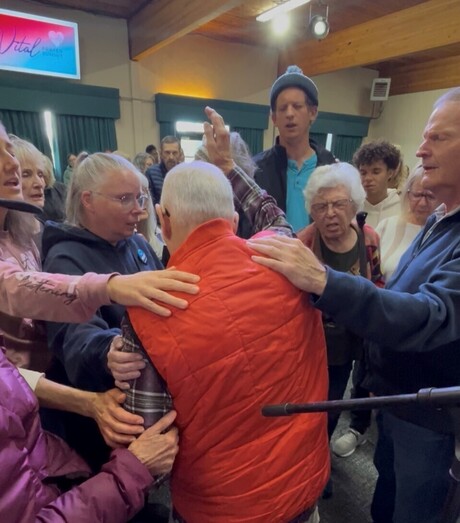The Spokane Slavic Seventh-day Adventist Church, in Spokane, Washington, has seen unexpected growth of their YouTube channel after they began livestreaming services during the pandemic. Their subscriber count grew from 538 in March 2020 to more than 4,940 currently.
Since its start in April 2009, the church has uploaded more than 480 videos to their channel. Although they had started their channel many years ago, they were not uploading videos consistently and did not livestream their services.
They began to livestream shortly before the start of the pandemic. “In February 2020 we had a well-known Adventist Russian speaker come to our church to do four presentations,” said Slavik Ostapenko, Spokane Slavic Seventh-day Adventist Church pastor. “We had done video recordings of our services before, but this time we decided to do it live.”
Since they started broadcasting before the stay-at-home order was put into place, they were fully prepared to begin streaming their services online for the people at home. “Honestly, I wasn’t even watching the stats at first,” said Ostapenko. “The only thing I saw was that our video quality was very low. We got new a camera and lighting, which improved the video quality dramatically.”
Church leaders began to notice that the impressions grew substantially after they broadcasted live consistently for nearly six months. “Starting July 2020 our views went up,” said Ostapenko. “Somebody shared one specific video on Viber and WhatsApp and people started watching. Then YouTube started recommending that video and our views and subscriptions went up from that point on.”
The five countries with the most views of the channel in the last year are Russia (143,798), Ukraine (130,502), United States (45,568), Germany (32,993) and Belarus (13,008).
“Because we have our service in Russian it makes sense that it would be Russian-speaking people watching it, and you have the most Russian-speaking people living in Russia and Ukraine,” explained Ostapenko. “On top of that, our members share it on their social network pages and their friends who live back in Russia and Ukraine are watching it.”
Some may question why Germany is in the top five as they have far fewer Russian speakers than the other countries listed. Ostapenko shared how the church members impacted this list. “We have a couple families in our church that moved from Germany to the United States, and they still have a lot of friends and family members back in Germany. They shared with them, and now we have Germany in the top five countries.”
As far as their reach within the United States, the states that viewed their content the most in the past year are Washington (9,543), California (4,193), New York (839), Oregon (805) and Florida (172).
It may seem shocking that California shows such high view amounts compared to the subsequent states on the list, but Ostapenko shares that it makes sense in regard to the amount of Russian speakers within the state. “California has a lot more Russian-speaking people in general, as well as Seventh-day Adventists,” explained Ostapenko.
The services are available to stream at youtube.com/spokaneslavicsdachurch.











